My visual impression of Southern Germany's largest Vintage Car Rally continues, with a look at some more cars with character.
America
In the 50s & 60s cars had character. During WWII America shifted its production from consumer goods to military equipment, and significantly ramped up it industrial base. When the war ended, industry shifted back to consumer goods and struggled to meet pent up consumer demand. Unlike Europe and Asia, America was stronger than ever in terms of its industrial and financial might, and American cars reflected that fact – Big and Flashy!
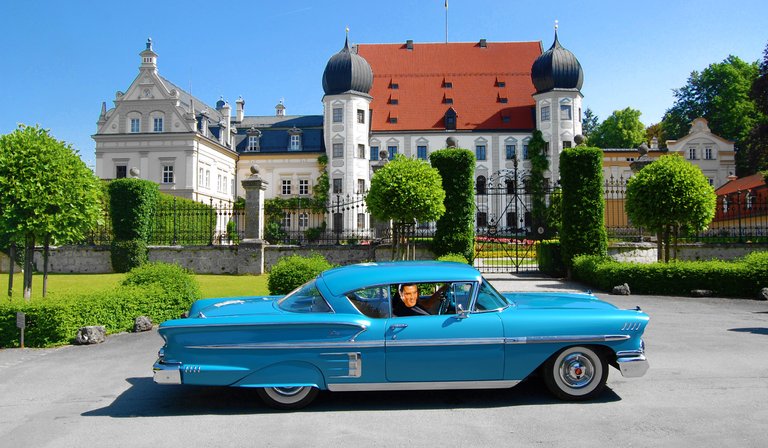
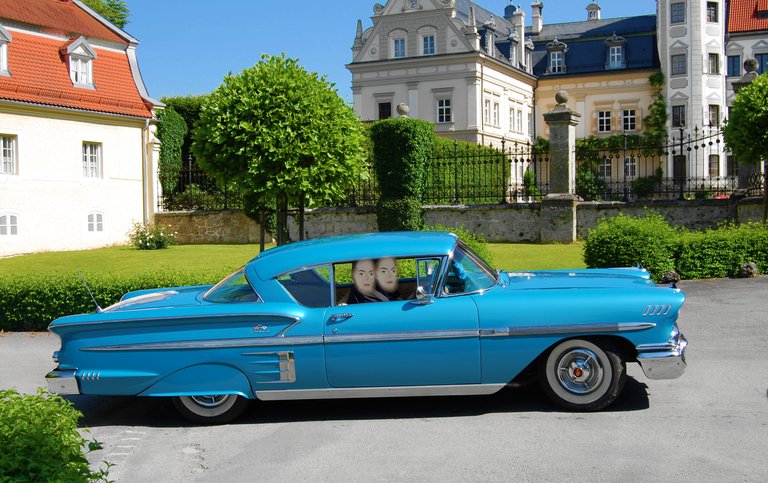
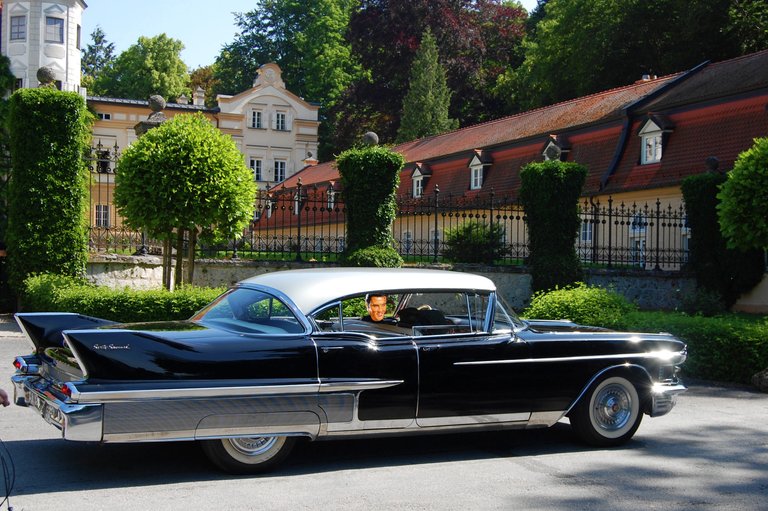
Amerika
Mein visueller Eindruck von Süddeutschlands größter Oldtimer-Rallye geht weiter, mit ein paar weiteren Autos mit Charakter. In den 50er und 60er Jahren hatten Autos Charakter. Während des Zweiten Weltkriegs verlagerte Amerika seine Produktion von Konsumgütern auf militärische Ausrüstung und erhöhte die industrielle Basis erheblich. Als der Krieg zu Ende ging, verlagerte sich die Industrie wieder auf Konsumgüter und kämpfte gegen die aufgestaute Konsumnachfrage. Im Gegensatz zu Europa und Asien war Amerika stärker als je zuvor in Bezug auf seine industrielle und finanzielle Kraft, und amerikanische Autos spiegelten diese Tatsache wider - Groß und Auffällig!
Europe
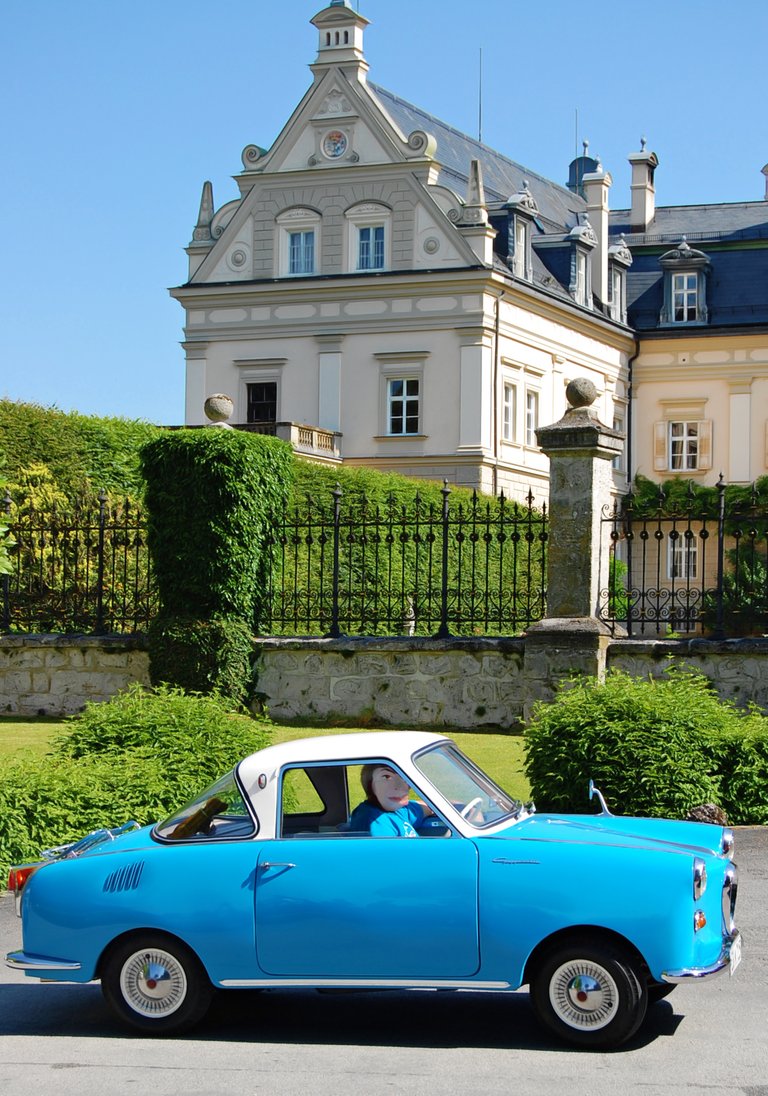
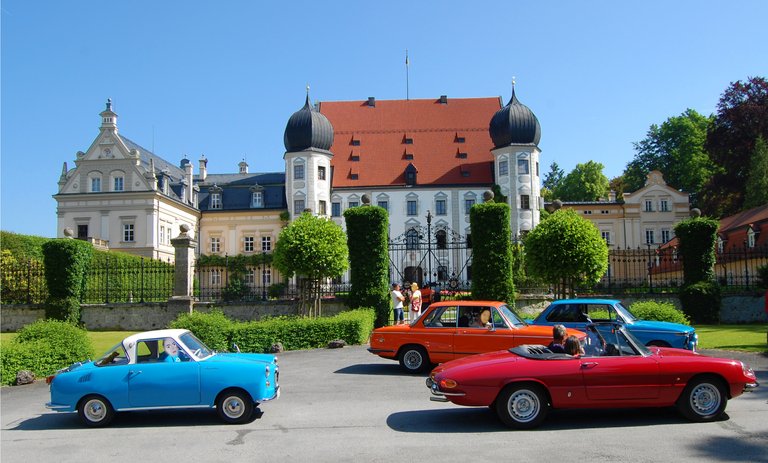
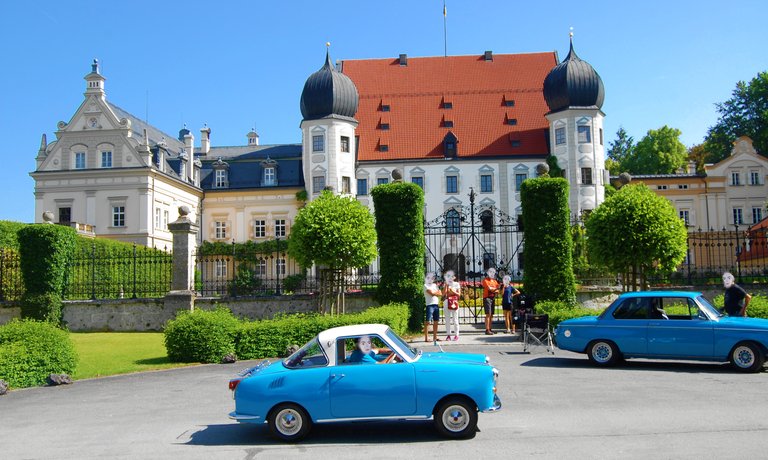
Europe had been through two world wars and was in the process of recovering from the hardship and devastation. Although their industrial and financial means were limited, their pride, craftsmanship, ingenuity, and sense of style and taste were intact, and that was reflected in their cars. In Europe these were austere time, cars were modest, sometimes elegant, but sometimes quirky too.
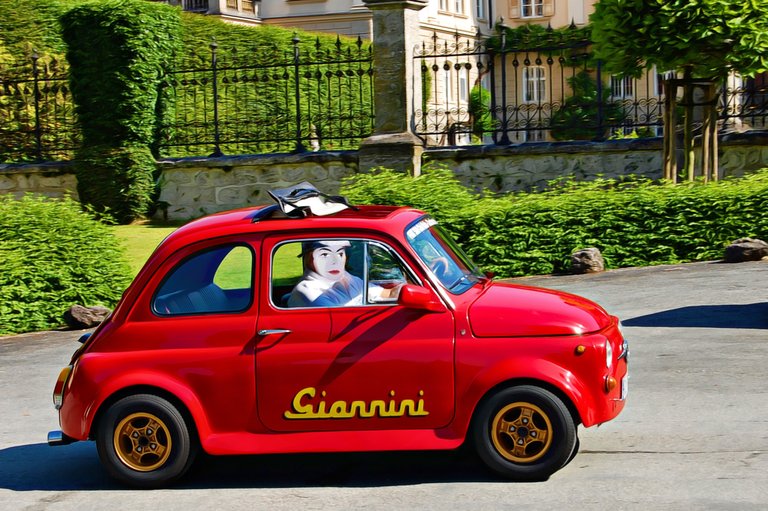
Europa hatte zwei Weltkriege hinter sich und war dabei, sich von der Not und Verwüstung zu erholen. Obwohl ihre industriellen und finanziellen Mittel begrenzt waren, waren ihr Stolz, ihre Handwerkskunst, ihr Einfallsreichtum und ihr Sinn für Stil und Geschmack intakt, und das spiegelte sich dann in ihren Autos wider. In Europa waren das schwere Zeiten -- Autos waren bescheiden, manchmal elegant, aber manchmal auch eigenartig.
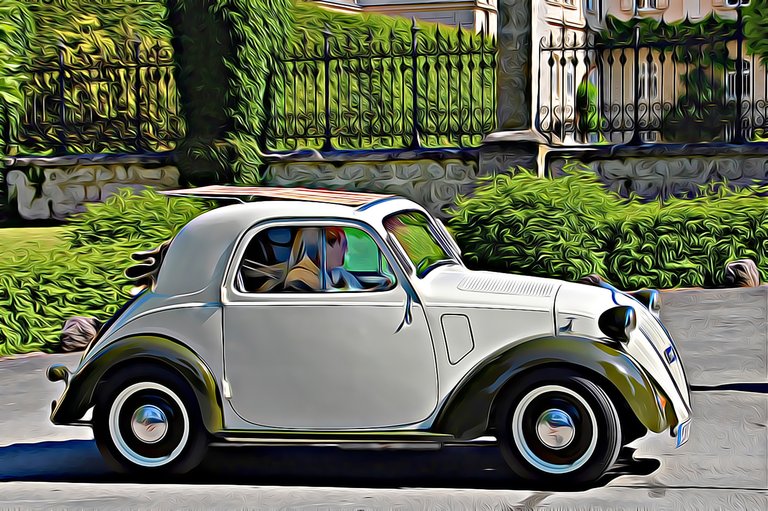
End of the Glory Days
As a European with American heritage, I watched with shock and horror what became of American cars after the oil crisis in the 1970s. The age of excess ended, and suddenly American car makers found themselves in real competition with Europe and Japan to produce smaller, more efficient, and more reliable cars. They were no longer King of the Hill. The government established fuel efficiency standards which reinforced this trend.
Enter the SUV
There were plenty of people who didn't want to drive an little indistinguishable low power box of a car, and in 1975 car makers discovered a loophole to satisfy this demand. You see, government fuel efficiency standards for cars didn't apply to trucks, so car makers put a passenger car body on existing truck frames and called it a Sports Utility Vehicle SUV. The government considered SUVs to be “light trucks.” They got away with that trick until 2004, but since then they are subject to the same regulations as cars.
I remember visiting family and being picked up at the airport in their new SUV. The ride was terrible, and I couldn't imagine driving such a thing, unless I happened to be a forest ranger or lived on an unpaved road in the woods. At that time in Europe I don't think I had ever seen a SUV on the road, and in the years that followed I was proud of Europeans when I saw parking lots without a SUV in sight.
At that time lots of Europeans had modestly sized stations-wagons, and I thought that was the best of both worlds for people who needed more storage and utility in a car. Of course that has now changed, and I'm baffled that Europeans have embraced this American idea – especially considering the price of gasoline in Europe.
Why would people living in European cities drive trucks masquerading as cars?
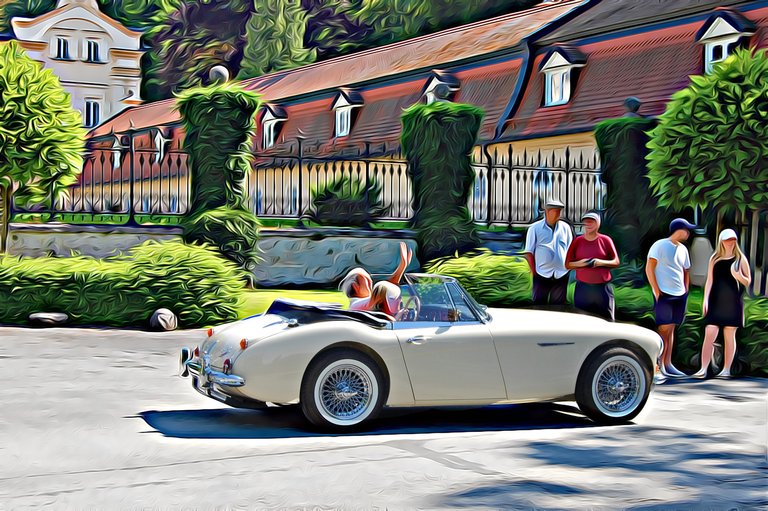
Die glorreiche Zeit geht zu Ende
Als Europäer mit amerikanischem Hintergrund habe ich mit Schrecken und Entsetzen gesehen, was aus amerikanischen Autos nach der Ölkrise in den 1970er Jahren geworden ist. Das Zeitalter des Exzesses endete, und plötzlich sahen sich amerikanische Automobilhersteller in einem echten Wettbewerb mit Europa und Japan, um kleinere, effizientere und zuverlässigere Autos zu produzieren. Sie waren nicht mehr King of the Hill. Die Regierung hat ebenfalls Standards für Kraftstoffeffizienz eingeführt, die diesen Trend verstärkt haben.
SUVs
Es gab viele Leute, die diese kleine ununterscheidbare Low-Power-Box Autos keineswegs fahren wollten, und im Jahr 1975 entdeckten Autohersteller eine Lücke, um diese Nachfrage zu befriedigen. Die Kraftstoffeffizienz-Standards der Regierung für Autos galten nicht für Trucks, so dass Autohersteller eine Pkw-Karosserie auf bestehende Rahmen für Pickup-Trucks setzten und es als Sport Utility Vehicle „SUV“ bezeichneten. Die Regierung betrachtete SUVs als "Light Trucks". Sie kamen mit diesem Trick bis 2004 durch und unterliegen seitdem denselben Vorschriften wie Autos.
Ich erinnere mich daran, als ich meine Familie besuchte und in ihrem neuen SUV am Flughafen abgeholt wurde. Die Fahrt war schrecklich, und ich konnte mir nicht vorstellen, so etwas zu fahren, es sei denn, ich wäre ein Förster oder lebte an einer ungeteerten Straße. Zu dieser Zeit in Europa, kann ich mich nicht erinnern, jemals einen SUV auf der Straße gesehen zu haben. In den folgenden Jahren war ich stolz auf die Europäer, wenn ich Parkplatze ohne einen SUV sah. Zu dieser Zeit hatten viele Europäer bescheidene Combis, und ich dachte, das war das Beste aus beiden Welten für Leute, die mehr Stauraum und Nützlichkeit in einem Auto brauchten.
Natürlich hat sich das jetzt geändert, und ich bin verblüfft, dass die Europäer diese amerikanische Idee angenommen haben - insbesondere angesichts des Benzinpreises in Europa.
Warum wollen die europäischen Städter Trucks fahren, die sich als Autos tarnen?
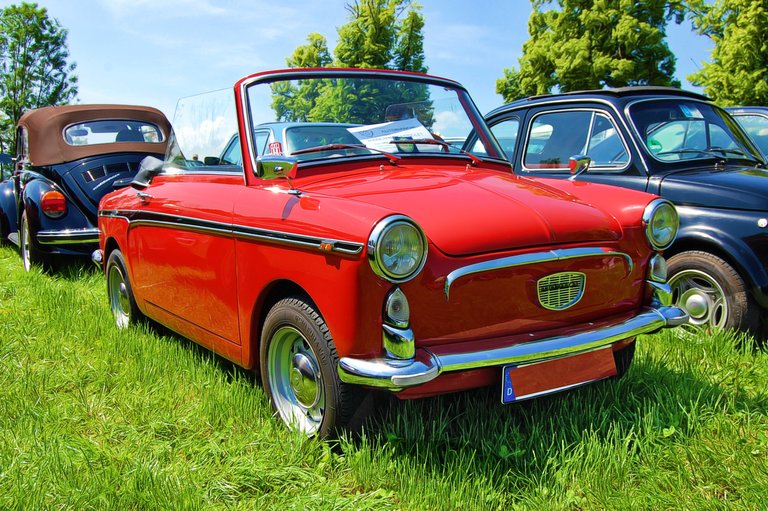
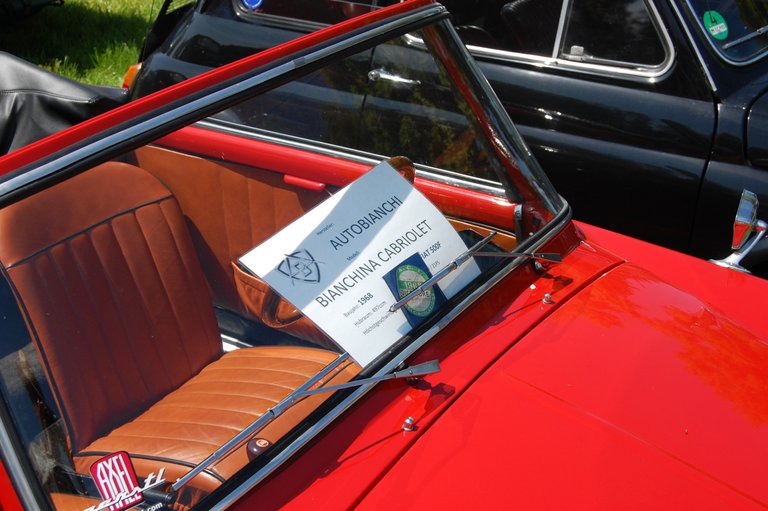
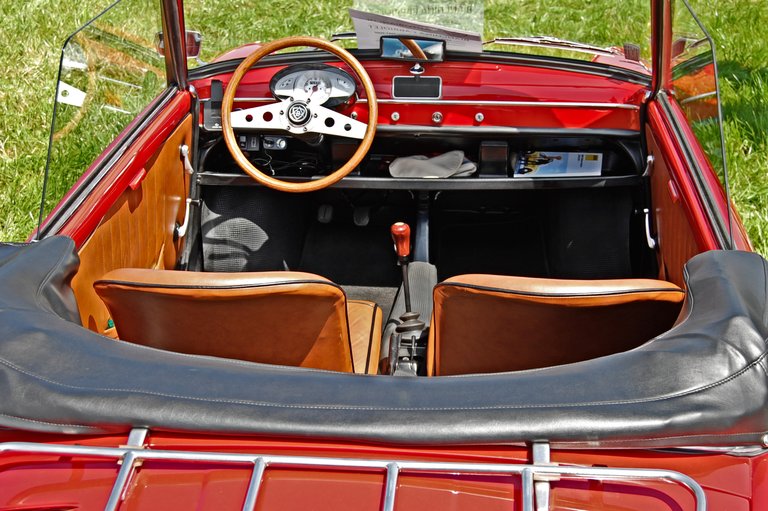
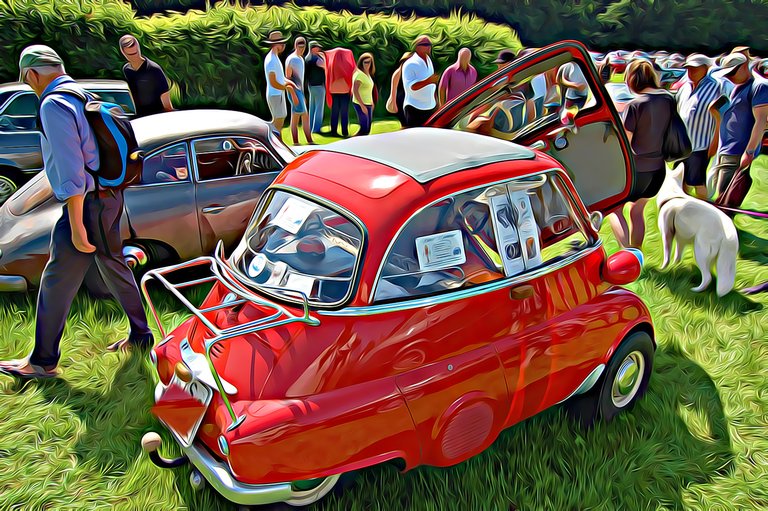
Thank you very much for stopping by!

Sehr schöne Kisten! Beste Grüße
I agree with every word you wrote (at least the words in English, I don't know German :) ). Cars have become corporate products of mass consumption. Design exclusive to practicality is the death of uniqueness, character, heart, and artistic expression.
Also they don't want them to last either. I think car technology is just dying as a whole, it's nothing more than a scam to make people stay with a brand and then suck them dry when they have enough money and build a new scamming car and say "It's better!".
I think old cars have character, but the newer models just fail to give that "I own a beauty" look to them.
Also it's the government laws and eco maniacs that are also ruining automotive technology as well. Because of these reasons, we're failing to improve what we've had for car tech. Which is why I believe in Hydrogen technology in ICE{Internal Combustion Engine} and not Electric! (I'm going to write an article about it soon, so if you're interested go ahead and read it up when I get it made up)
Personally, I don't see a future for electric cars. Right now they're EXTREMELY inefficient and unreliable in terms of travel, but they excel in lightness and power. But that's about it, until they make them to where they can even re-charge on their own without having to power them down or plug them into a wall for recharging, they'll always be horrid choices for transportation!
Thanks, you're right, there aren't too many cars on the market that have much character, mostly plastic boxes ;-)